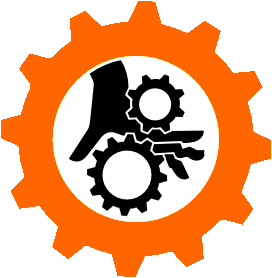

I guess both chatbots and humanoid robots are basically about the fantasy of automating human labor away effortlessly. In the past, most successful automation probably required a strong understanding of not just the tech, but also the tasks themselves and often a complete overhaul of processes, internal structures etc. In the end, there was usually still a need for human labor, just with different skill sets than before. Many people from the C-suite aren’t very good at handling these challenges, even if they would want to make everyone believe otherwise. This is probably why the promise of reaping all the rewards of automation without having to do the work sounds compelling to many of them.

Maybe my analogy is a little bit too silly and too obvious, but I think wanting a humanoid robot (rather than one designed in a way that is best suited for the purpose) could be somewhat akin to wanting a mechanical horse rather than a car. On the one hand, this may sound like a reasonable idea if saddles, carriages, stables and blacksmiths are already available. On the other hand, the mechanical horse is going to be a lot slower than a car and a lot more uncomfortable to ride. Also, it is still going to need charging stations or gas stations (since it won’t eat oats) and dedicated repair shops (since veterinarians won’t be able to fix it). Also, its technology might be a lot more complex and difficult to fix than that of a car (especially the early models).